Pixel Art Practices Explained Simply
I RECOMMEND WATCHING THE SHORT VIDEO! I spent a long time editing it!
Pixel art in Clip Studio Paint is easy and there's some great tools Clip has!
Your canvas size can be any size, but I find it convenient to take your typical 1920x1080 resolution canvas, and take the last 0's off. So it's 192 x 108 pixels.
This gives you plenty of room to sketch several ideas. If you need to make your canvas smaller you can select an area and hit the crop button.
PEN SETUP
Lets set up your pen!
I suggest duplicating a pen tool and renaming it sprite so you have a pen specifically setup for pixels.
Turn anti-aliasing to 'none'
And turn the brush size to 1.0
If you make your brush size smaller than 1.0 it will not draw well.
GRID SETUP
Let's setup the grid so we can see the pixel blocks!
Go to View -> Grid
Then again
View -> Grid/Ruler Bar Settings...
Then you will see this menu popup.
How many pixels do we want to see? We want to see every 1.
So make these settings 1 and 1.
I suggest knowing your hotkey to switch from pen color to alpha, and you can use alpha as your eraser!
Also if you hold shift and then make a line, Clip will draw a straight line for you! Sometimes this can be very useful. It can even be used to make curves if you do short lines that turn!
SILHOUETTE - DOUBLES - JAGGIES AND ANTI-ALIASING
SILHOUETTES are real important with pixel art because pixels are so small.
Make sure your silhouettes are clear!
I hope you can see that out of these two shapes, one is an egg and one is a ball.
Here is another example of making silhouette clear. The left one is hard to tell what it is. But on the right, because I seperated the object from the body, and also seperated the ears in the silhouette, it is much easier to tell that this is a bunny with a dynamite.
DOUBLES
Doubles are when you have extra pixels on your lineart, that is not needed. They create a 90 degree angle and also make your art less neat and clear.
The S on the left is good while the other one has doubles on it.
JAGGIES
Jaggies are when your straight lines aren't actually perfectly straight, and when your curves actually aren't perfectly curved.
Because pixel art is such a small resolution, even small errors stick out very well! So it's important to be careful and make sure every pixel is put intentionally.
MAKING CURVES
When making curves, there is a counting method you can do.
Start with 1 pixel, then start counting up. Put 2 pixels on each side of that first pixel. Then 3.
Eventually you start counting down back to 1.
If this is confusing, then check out the video above where you can watch me do it! It's easier to learn this from watching than explaining.
ANTI-ALIASING
Anti-aliasing is where lines are blurred. Sometimes you may want to do this to create a more rouund and soft look.
How do I know where to put pixels though?
You look for areas where two pixels connect at a 45 degree angle, and put a pixel between them in that spot.
One thing to avoid doing is called banding. It is where you put a shade colored pixel all around the inner edge of an object. It makes your pixel art look less clear and does not add any value.
DITHERING
Dithering is an optional way to shade objects. It is where you make a checkerboard pattern that fades out. You can be creative with how your patterns are, but be careful because this can be overdone.
If you want to try dithering, I suggest gathering some references from pro artists.
AND THAT'S IT! Last Notes
COLORING
If you don't know color theory or are just new to doing pixel art, I would recommend starting off practicing with a limited color pallette!
Like black and white pixels only.
And then you could move on to doing the four gameboy green tones! Or invent your own limited color pallette!
When you get to using full color, a general rule of thumb is that less is more. Most of the time, having little amount of tones of an objects color will be clearer than trying to render it realistically with many tones.
EXPORT
You can export like any normal picture, but it will be small.
I found that if I exported the image at 400% the result would be blurry.
Instead you could change your canvas resolution and then export.
Or you can export your small tiny sprite image, and then open that exported image and change the resolution.
-----
Also don't worry about doubles and jaggies right away! Do a rough sketch just like you would in normal drawing. Only be concerned about doubles and jaggies during the final stages of your process.
I hope this tutorial helped! Have fun making pixel art!
























Kommentar